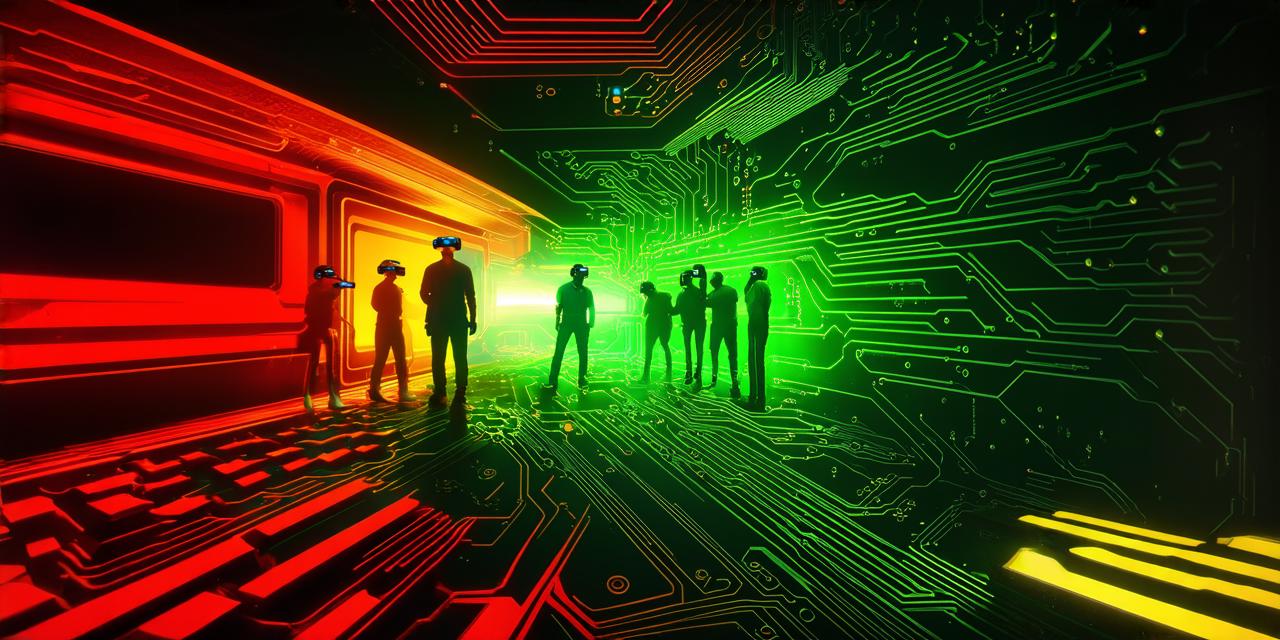Virtual reality (VR) is an immersive technology that allows users to experience a digital environment as if they were physically present in it. With the rapid growth of VR, there has been an increase in the use of acronyms and abbreviations to describe different aspects of this technology. One such acronym is XR, which stands for “extended reality.” In this article, we will explore what XR means in the context of virtual reality and its implications for VR developers.
What is Extended Reality (XR)?
Extended reality (XR) refers to a digital environment that extends beyond the physical world, incorporating both real-world and virtual elements. In other words, XR technologies allow users to interact with digital objects and experiences in a way that feels natural and intuitive.
XR technologies can be broadly categorized into three types: augmented reality (AR), virtual reality (VR), and mixed reality (MR).
- Augmented Reality (AR): AR is a technology that overlays digital information onto the real world, allowing users to view and interact with both physical and digital objects in the same space. For example, an AR app might use your phone’s camera to display virtual objects in the real world, such as a virtual car or building.
- Virtual Reality (VR): VR is a technology that creates a fully immersive digital environment, allowing users to experience and interact with a virtual world as if they were physically present in it. VR headsets, controllers, and sensors are used to create a seamless and realistic experience for the user.
- Mixed Reality (MR): MR is a technology that combines elements of both AR and VR, allowing users to interact with digital objects in a more natural and intuitive way. MR technologies often use cameras and sensors to track the user’s movements and allow them to interact with virtual objects in real-time.
bekannten Sie sicherlich schon.
The XR Ecosystem: From Hardware to Software
XR is an ecosystem that involves both hardware and software components, from VR headsets and controllers to game engines and development tools. The XR industry has grown rapidly in recent years, driven by advancements in technology and the increasing demand for immersive experiences across a wide range of industries, including gaming, education, healthcare, and entertainment.
Virtual Reality Hardware:
VR hardware consists of headsets, controllers, sensors, and other peripherals that are used to create an immersive environment for the user. There are several different types of VR hardware available on the market, ranging from low-end smartphone-based VR systems to high-end desktop-based VR systems that use specialized tracking sensors and powerful graphics processors.
Virtual Reality Software:
VR software includes game engines, development tools, and content creation tools that are used to create immersive experiences for users. Popular VR game engines include Unity and Unreal Engine, while development tools such as SteamVR Workshop and Unreal Engine Content Browser allow developers to create custom experiences.
XR Software:
In addition to VR software, there are also software tools specifically designed for XR development. These tools often focus on creating more natural and intuitive interactions with digital objects in real-time. Examples of XR software include Vuforia, a popular AR development platform, and HoloLens, a mixed reality development platform from Microsoft.
XR Content:
Finally, the XR ecosystem includes content creators who create immersive experiences for users. This includes game designers, artists, and other creative professionals who use the tools and software available in the XR ecosystem to create engaging and interactive experiences.
The Rise of XR in Gaming
One of the most visible applications of XR technology is in gaming. XR games offer players a more immersive and interactive experience than traditional games, allowing them to physically interact with virtual objects and environments in real-time.
AR Games:
AR games use the user’s smartphone or tablet as a screen and overlay digital objects onto the real world using the device’s camera. Examples of AR games include Pokémon Go and Ingress, which encourage players to explore their physical environment in order to complete challenges and collect virtual items.
VR Games:
VR games use specialized VR hardware to create a fully immersive digital environment for the player. Players wear VR headsets and hold controllers, allowing them to interact with virtual objects and environments in real-time. Examples of VR games include Beat Saber and Half-Life: Alyx.
MR Games:
MR games use a combination of AR and VR technology to create more natural and intuitive interactions with digital objects in real-time. Examples of MR games include Microsoft’s HoloLens and Sony’s PlayStation VR, which both support mixed reality experiences.
